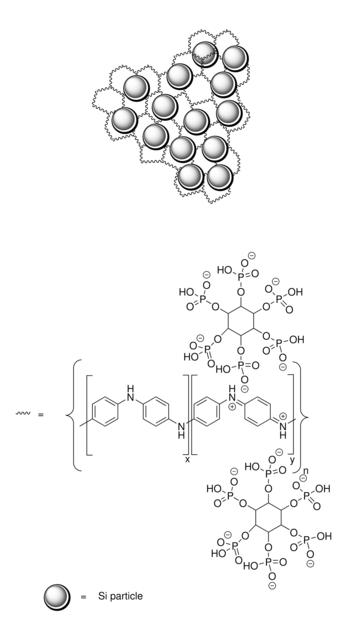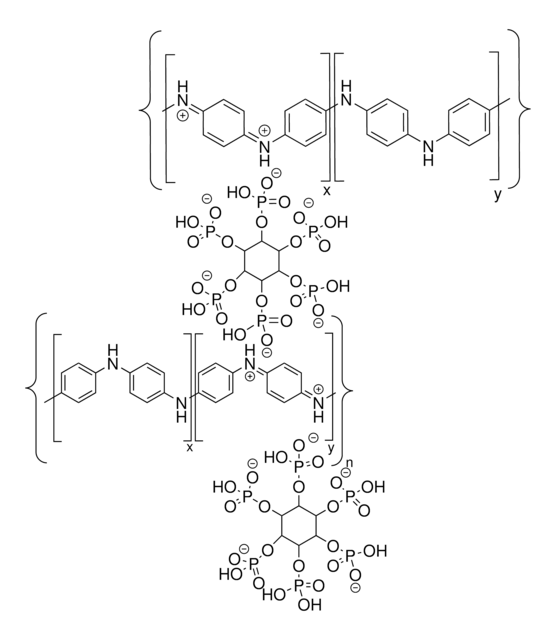推荐产品
相关类别
應用
Silicon is a most promising next generation lithium ion battery electrode material but it suffers poor cyclability due to the volume expansion that results in loss of electrical contact and unstable SEI.
This Si composite product is made by encapsulating nano-Si particles in the 3D cross-linked conductive polymer framework. It not only allows fast electrical and ionic transport, but also provides free space to allow giant volume expansion. This Si composite provides a ready-to-use electrochemically active nano-Si anode that would increase the capacity of conventional lithium ion battery, and improve the cycle-life performance of Si-based anodes.
This Si composite product is made by encapsulating nano-Si particles in the 3D cross-linked conductive polymer framework. It not only allows fast electrical and ionic transport, but also provides free space to allow giant volume expansion. This Si composite provides a ready-to-use electrochemically active nano-Si anode that would increase the capacity of conventional lithium ion battery, and improve the cycle-life performance of Si-based anodes.
儲存類別代碼
11 - Combustible Solids
水污染物質分類(WGK)
WGK 3
閃點(°F)
Not applicable
閃點(°C)
Not applicable
Ye Shi et al.
Nano letters, 17(3), 1906-1914 (2017-02-14)
Controlling architecture of electrode composites is of particular importance to optimize both electronic and ionic conduction within the entire electrode and improve the dispersion of active particles, thus achieving the best energy delivery from a battery. Electrodes based on conventional
Borui Liu et al.
Nano letters, 13(7), 3414-3419 (2013-06-22)
Silicon is considered one of the most promising anode materials for high-performance Li-ion batteries due to its 4200 mAh/g theoretical specific capacity, relative abundance, low cost, and environmental benignity. However, silicon experiences a dramatic volume change (∼300%) during full charge/discharge
我们的科学家团队拥有各种研究领域经验,包括生命科学、材料科学、化学合成、色谱、分析及许多其他领域.
联系技术服务部门





